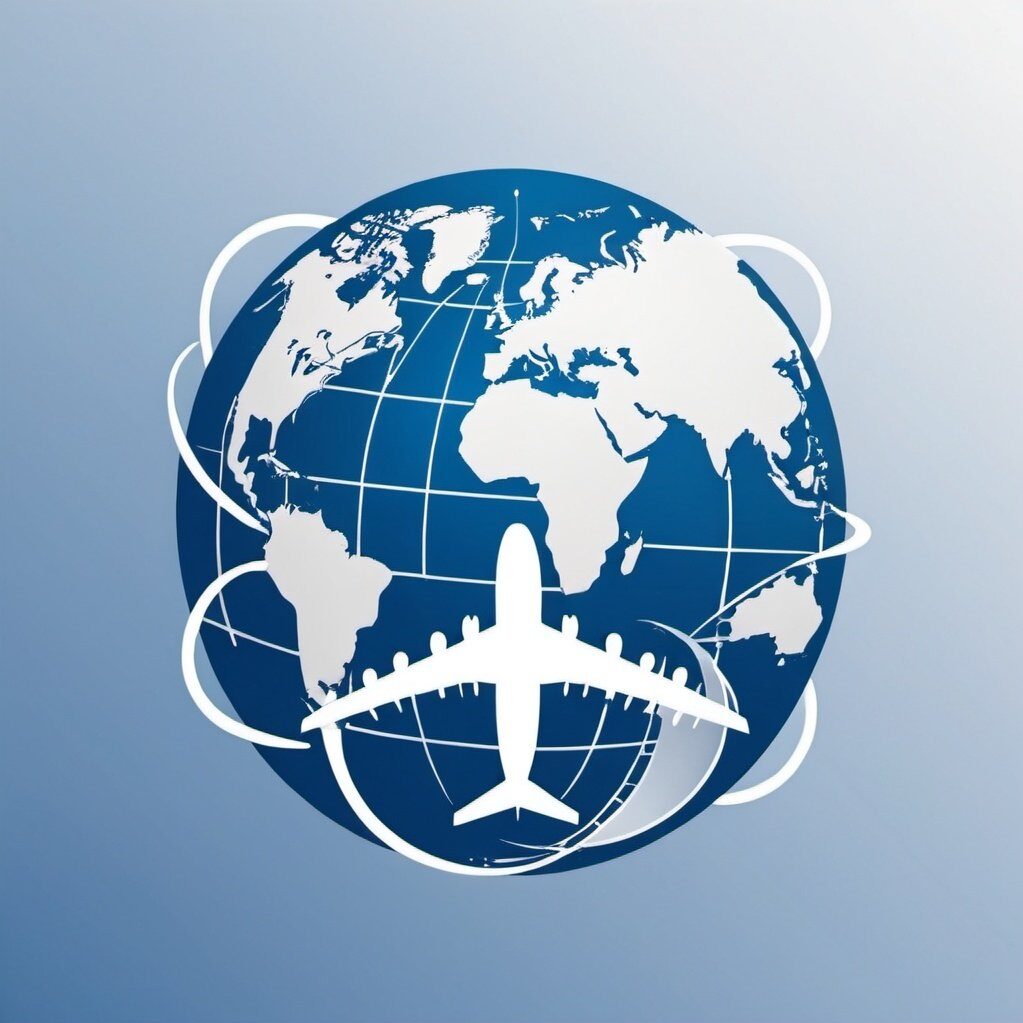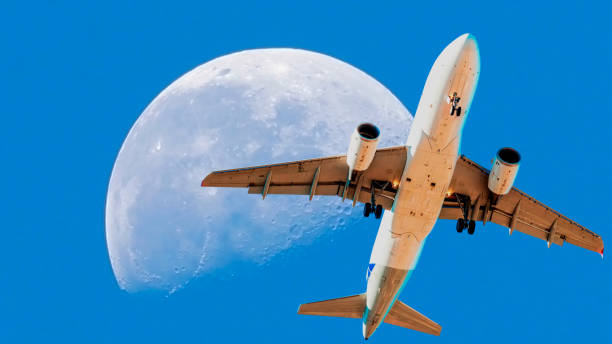
The moon has captivated humanity for millennia, influencing tides, cultures, and our daily rhythms. Understanding the lunar phases is not just an exercise in astronomy; it can significantly enhance your travel experiences. In this lunar phases travel guide, we’ll explore how different phases of the moon—from the radiant full moon to the subtle new moon—can transform your adventures. Whether you’re seeking stunning photography opportunities, cultural festivals, or unique wildlife experiences, aligning your travels with the lunar cycle can open a world of opportunities.
The Science of Lunar Phases
Before we dive into travel tips, let’s take a moment to understand what lunar phases are. The moon goes through a cycle of phases approximately every 29.5 days, resulting from its orbit around Earth and the relative positions of the Earth, moon, and sun. The main phases include:
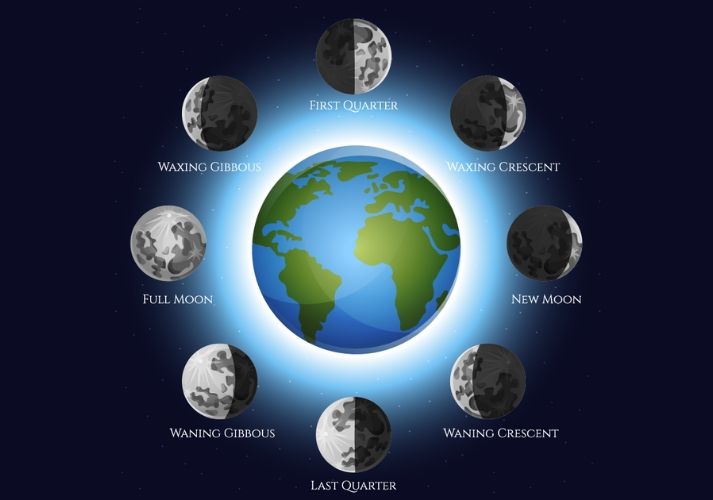
- New Moon: The moon is positioned between Earth and the sun, making it invisible to us. This phase marks the start of the lunar cycle.
- Waxing Crescent: A sliver of the moon becomes visible as it begins to move away from the sun.
- First Quarter: Half of the moon is illuminated. This phase is often referred to as a “half-moon.”
- Waxing Gibbous: More than half of the moon is illuminated as it approaches the full moon phase.
- Full Moon: The entire face of the moon is illuminated, creating a stunning sight in the night sky.
- Waning Gibbous: The moon starts to shrink in visibility after the full moon.
- Last Quarter: Again, half of the moon is visible, but this time it’s the opposite side compared to the first quarter.
- Waning Crescent: A small crescent of the moon is visible as it approaches the new moon phase.
These phases not only dictate how much light we see at night but also influence various aspects of life on Earth, from nature to human behavior.
The Impact of the Moon on Earth
The moon’s gravitational pull affects Earth in numerous ways. Perhaps most famously, it influences the tides, creating a rhythmic ebb and flow in oceans and seas. This tidal phenomenon is most pronounced during the full moon and new moon phases, when the sun and moon align, creating higher and lower tides.

Additionally, the moon has been said to influence animal behavior. Certain species are known to mate or migrate based on the lunar cycle. For instance, many fish species spawn during specific lunar phases, and birds may adjust their migratory patterns based on the amount of moonlight available.
Human behavior is also said to be affected by the moon. While scientific evidence is mixed, folklore suggests that crime rates and emergency room visits increase during full moons. This has led to the term “lunar effect,” capturing the intrigue surrounding our celestial neighbor.
Why Lunar Phases Matter for Travelers
Traveling under different lunar phases can dramatically affect your experiences. Here are some ways the moon can enhance your travel adventures:
1. Nighttime Photography
The moon’s brightness can either complement or detract from your nighttime photography. A full moon illuminates the landscape beautifully, making it perfect for capturing cityscapes or natural wonders under moonlight. The soft glow can add an ethereal quality to your photos, highlighting contours and colors that might otherwise be lost in darkness.
On the other hand, a new moon offers the darkest skies, ideal for astrophotography and capturing stars. With minimal moonlight to wash out the stars, you can capture stunning images of the Milky Way and celestial events.
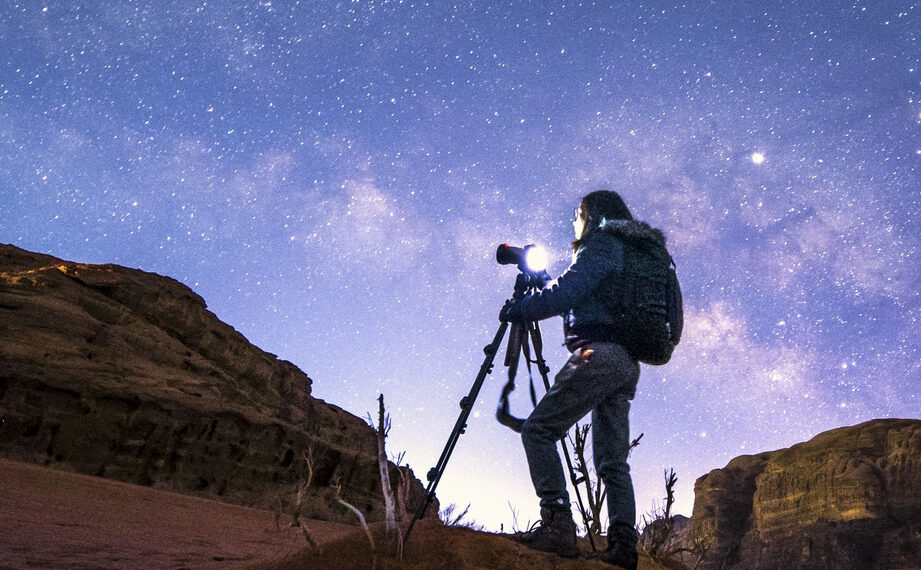
Tip:
If you’re an aspiring night photographer, plan your trips around the full moon for landscapes or around the new moon for astrophotography. Use apps or calendars to track lunar phases and the best times for shooting. Look for locations known for their dark skies, such as national parks or remote islands, to enhance your photographic endeavors.
2. Cultural Festivals and Events
Many cultures celebrate festivals that align with lunar phases. For instance, the Mid-Autumn Festival in China honors the harvest moon with lantern displays and mooncakes. This celebration is rich with tradition, where families gather to appreciate the moon and share stories under its glow.
Similarly, Diwali in India involves worshipping the moon for prosperity. During this festival of lights, people light lamps and celebrate the victory of light over darkness, often culminating in celebrations under the full moon.
In Japan, the Tsukimi festival celebrates the beauty of the moon, featuring traditional foods and poetry that honor its presence.
Tip:
Research local festivals or events that coincide with the lunar cycle in the destinations you’re visiting. Participating in these cultural experiences can enrich your travels significantly and provide a deeper understanding of the local customs and traditions.
3. Wildlife Watching
Lunar phases influence animal behavior, especially for nocturnal creatures. Some species, like sea turtles, are known to nest during specific moon phases, while others may be more active during full moons. Predators often hunt more effectively under bright moonlight, while prey species may adapt their behavior accordingly.

For instance, many fish species, such as tarpon and bonefish, are more active during the full moon, making it an ideal time for anglers. Additionally, larger mammals, including wolves and coyotes, may be more vocal and active under a full moon, making wildlife watching a thrilling experience.
Tip:
If you’re interested in wildlife watching, consider planning your trips around lunar events. For example, visiting a coastal area during a new moon might increase your chances of witnessing turtle hatchlings emerging from their nests. Similarly, heading to a national park during a full moon could enhance your chances of spotting elusive wildlife.
4. Outdoor Adventures
For hikers, campers, and adventurers, the moon can serve as a natural light source. Full moons can provide enough illumination to navigate without flashlights, making for unique nighttime hikes or camping experiences. The bright moonlight creates a magical atmosphere, allowing you to experience familiar trails and landscapes in a completely different way.

Camping under a full moon can also be a breathtaking experience, as the silvery light bathes the landscape and creates stunning reflections on lakes or rivers.
Tip:
Plan a camping trip during a full moon for breathtaking night skies. Just remember to bring warm layers, as it can get chilly at night! Consider bringing a telescope for stargazing, and use the opportunity to explore constellations and celestial events.
5. Spiritual and Wellness Retreats
Many people seek the moon’s energy for meditation, yoga, and spiritual practices. Full moons are often seen as a time for reflection and intention-setting, while new moons can symbolize new beginnings and opportunities for manifestation.
In various cultures, rituals and ceremonies are held during specific lunar phases to harness the moon’s energy. For instance, some people practice “moon bathing,” where they meditate under the moonlight, absorbing its calming energy.
Tip:
Look for retreats or workshops that incorporate lunar cycles. Attending a full moon yoga class or a new moon manifestation workshop can add a spiritual dimension to your travels. Many wellness retreats offer programs centered around lunar cycles, enhancing your connection to nature and the universe.
Planning Your Lunar Adventures
Now that you understand the significance of lunar phases, how can you effectively plan your travels around them? Here’s a step-by-step guide:
Step 1: Know Your Destination
Research destinations that are known for their night skies or cultural ties to lunar events. Here are some fantastic places to consider:
- Joshua Tree National Park, California: Famous for its dark skies, perfect for stargazing. The park’s unique desert landscape creates an enchanting backdrop for moonlit adventures.
- Santorini, Greece: Stunning views of the full moon over the caldera. The combination of the moonlight and the island’s picturesque architecture makes for a romantic getaway.
- Bora Bora, French Polynesia: A romantic setting for moonlit beach strolls. The tranquil waters and vibrant sunsets add to the allure of a night under the stars.
- The Sahara Desert: Experience the vastness of the night sky under a new moon. The contrast between the bright stars and the dark desert landscape creates a breathtaking experience.
Step 2: Use Lunar Calendars
Utilize lunar calendars available online to track the phases of the moon. These calendars will help you identify the best dates for your trip based on the type of experience you’re seeking. Many astronomy websites and apps provide detailed information about lunar phases, eclipses, and other celestial events.

Step 3: Book Accommodations and Activities
Once you have your dates, book accommodations that enhance your lunar experience. Look for hotels or campsites that offer great views of the night sky. Many lodges and resorts in remote areas focus on stargazing experiences, providing telescopes and guided tours of the night sky.
Additionally, consider booking activities such as guided night hikes or stargazing tours. These excursions often provide knowledgeable guides who can enhance your experience with insights about constellations, lunar phases, and celestial events.
Step 4: Pack Accordingly
Depending on your planned activities, pack the necessary gear. For nighttime photography, bring a tripod and extra batteries. A good camera with manual settings will help you capture the beauty of the moonlit landscape.

If you’re camping, include warm sleeping bags and lanterns. A portable telescope or binoculars can enhance your stargazing experience, allowing you to see celestial bodies in greater detail.
Step 5: Be Flexible
While lunar phases can guide your planning, nature doesn’t always cooperate. Be flexible and have backup plans in case of weather disruptions. If you find yourself in an area with cloudy skies, consider exploring local attractions during the day, and wait for clear skies at night.
Notable Lunar Events
Beyond the regular lunar phases, certain extraordinary lunar events can enhance your travel plans. Here are a few noteworthy occurrences to keep an eye on:
Supermoon
A supermoon occurs when a full moon coincides with its closest approach to Earth. This phenomenon makes the moon appear larger and brighter than usual, often captivating onlookers and photographers alike.

Travel Tip:
Plan to be in an open area with minimal light pollution to fully appreciate the supermoon’s majesty. National parks or coastal areas can be ideal for viewing this spectacular event. Bring a picnic blanket and enjoy an evening under the enormous, glowing moon.
Lunar Eclipse
A lunar eclipse happens when the Earth passes between the sun and the moon, casting a shadow on the moon. This event can be a breathtaking sight and is a great opportunity for photography. There are three types of lunar eclipses: total, partial, and penumbral, with total eclipses being the most visually striking.

Travel Tip:
Check local eclipse times and locations for optimal viewing spots. Some destinations may even host special events or gatherings to celebrate the occasion. Research any educational programs or guided tours that focus on lunar eclipses, enhancing your understanding of this celestial event.
Harvest Moon
The harvest moon, the full moon that occurs closest to the autumnal equinox, has cultural significance in many societies, traditionally signaling the time for harvesting crops. It often appears larger and more colorful due to atmospheric conditions, making it a breathtaking sight.
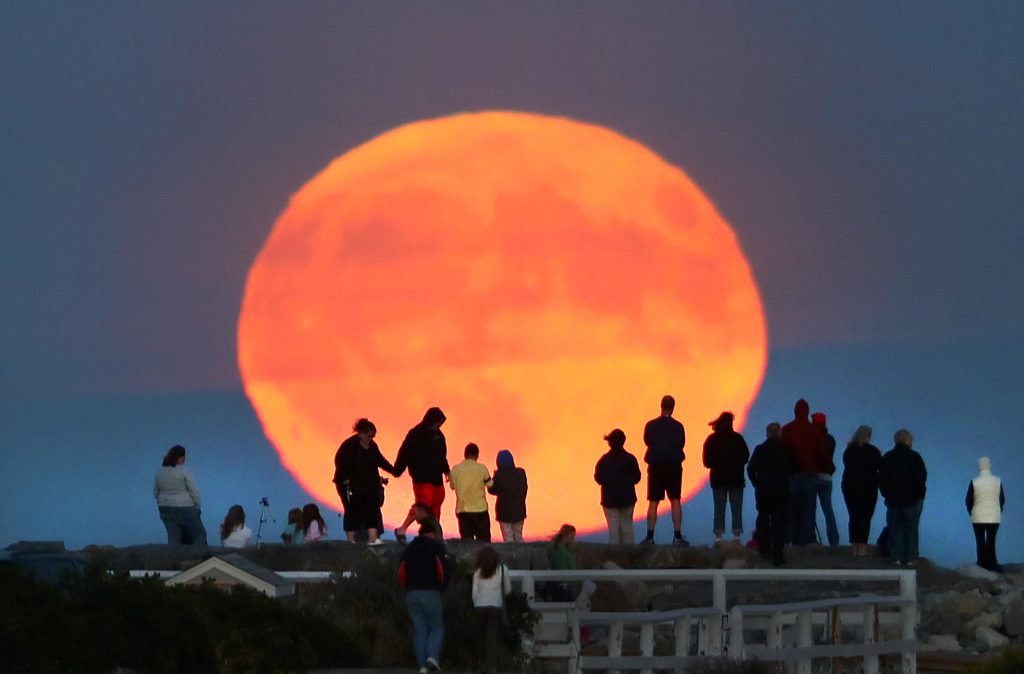
Travel Tip:
Travel to rural areas during the harvest moon for stunning views and to participate in local harvest celebrations or festivals. Many communities host events celebrating the harvest, complete with food, music, and cultural activities.
Blue Moon
A blue moon refers to the second full moon occurring within a single calendar month. This rare occurrence is often celebrated and provides an excellent reason for a spontaneous getaway.
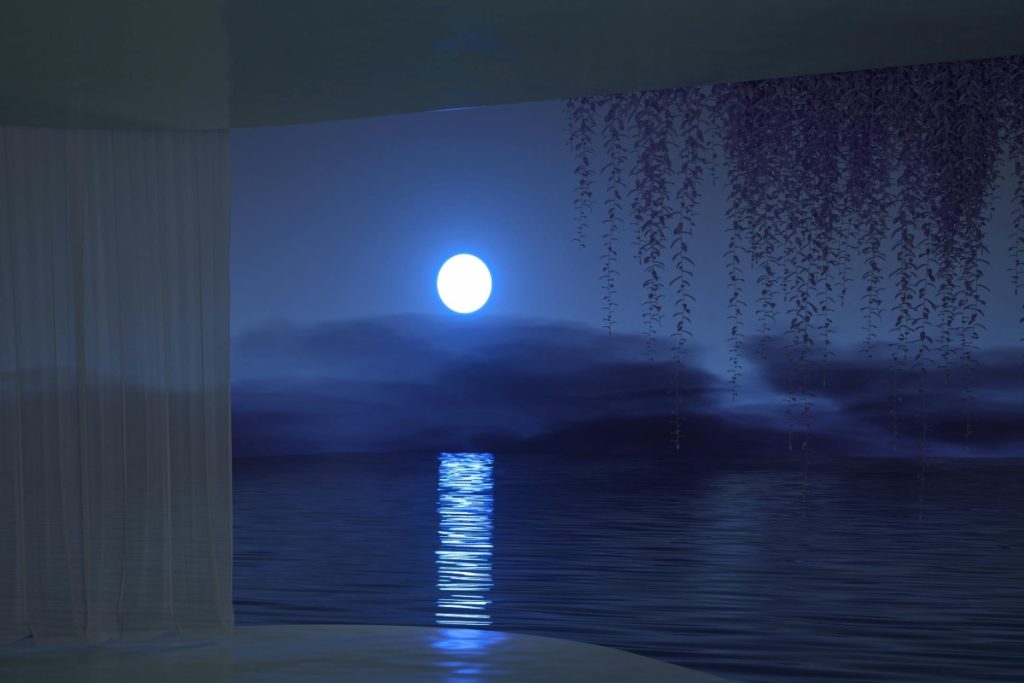
Travel Tip:
Take advantage of the rarity of a blue moon by planning a trip to a memorable location. Whether it’s a serene beach or a vibrant city, make it special. Use this opportunity to reflect on your goals and intentions, perhaps setting new aspirations as the moonlight shines down.
The Best Locations for Lunar Exploration
Now that you have a grasp of the lunar phases and their significance, let’s explore some of the best locations worldwide to experience the beauty of the moon and its phases.
1. Mauna Kea, Hawaii
Mauna Kea, one of the tallest mountains in the world when measured from base to summit, offers some of the clearest night skies on the planet. Its high altitude and minimal light pollution make it an astronomical hotspot.
Experience:
Join a stargazing tour to observe the stars, planets, and lunar phases through powerful telescopes. The contrast between the moonlight and the surrounding darkness creates a magical atmosphere.
2. Atacama Desert, Chile
The Atacama Desert is known for its dry climate and high elevation, making it one of the best places for stargazing. The region’s clear skies allow for unobstructed views of the moon and stars.
Experience:
Take a guided tour to learn about constellations and lunar phases while marveling at the celestial beauty. The desert landscape adds a unique dimension to your stargazing experience.
3. Big Sur, California
Big Sur’s dramatic coastline and rugged landscapes create an enchanting setting for moonlit adventures. The contrast of the moonlight against the ocean waves provides a stunning visual spectacle.
Experience:
Hike along the coastal trails or relax on the beach during a full moon. The combination of the moonlight and crashing waves creates a serene atmosphere perfect for reflection.
4. Uluru, Australia
Uluru, or Ayers Rock, is a sacred site for the Indigenous Anangu people. The moon rising over this iconic landmark is a sight to behold, with the changing colors of the rock adding to the spectacle.
Experience:
Join a guided tour to witness the moonrise and learn about the cultural significance of Uluru. Many tours include storytelling and traditional ceremonies under the night sky.
5. The Scottish Highlands
The Scottish Highlands offer breathtaking landscapes and some of the darkest skies in Europe, making them an ideal destination for lunar exploration.
Experience:
Camp in the remote areas of the Highlands during a full moon to experience the magic of the landscape illuminated by moonlight. Consider hiking to viewpoints for panoramic views of the moonlit scenery.
Conclusion
As you plan your next journey, consider the insights from this lunar phases travel guide. Embracing the moon’s cycles can illuminate your path—literally and figuratively. Whether you’re capturing breathtaking nightscapes, participating in cultural celebrations, or enjoying serene moments under the stars, the lunar phases offer a unique lens through which to experience the world. So check the lunar calendar, grab your gear, and embark on a celestial adventure that celebrates the beauty of the night sky. The universe is waiting for you to explore its wonders!
